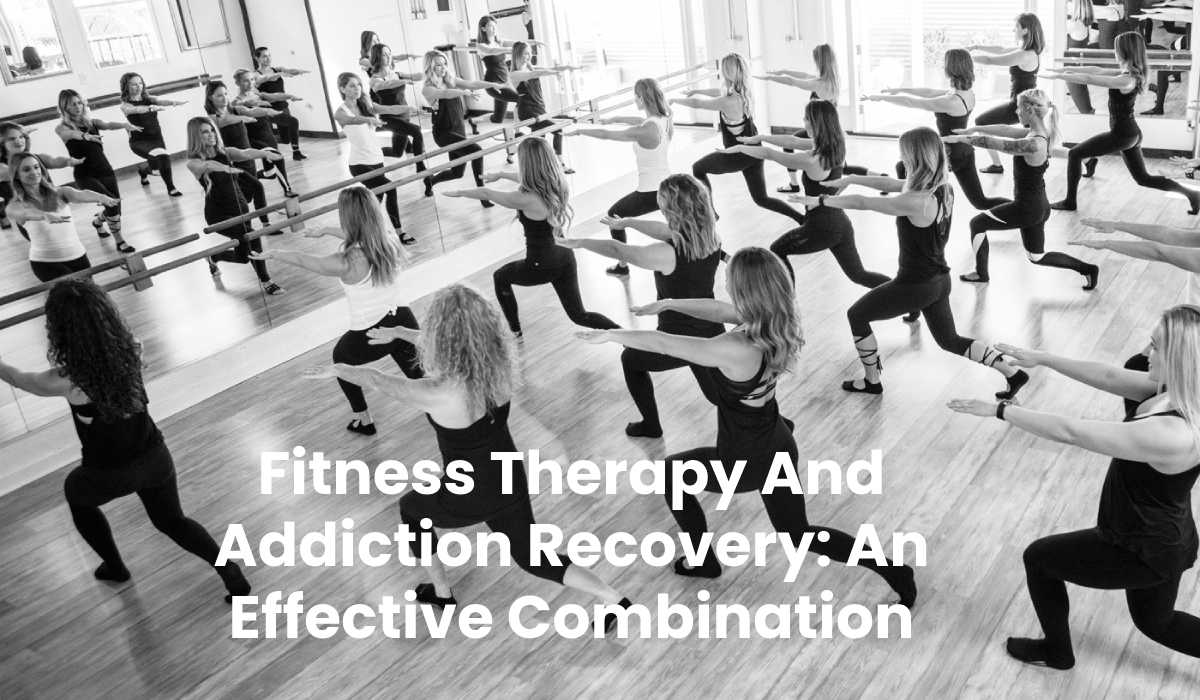
Do you know what seems like an odd addition to an Addiction Rehab Center?
A Gym!
Are you still wondering what a gym is doing in an addiction recovery facility? Well, most people find themselves in the same dilemma.
Addiction recovery centers are the place where people are treated for their addiction and not to build muscles.
But with a little contemplation, you will find the answer.
In fact, most people don’t take much time to reach the A-Ha moment quickly – After all, addiction recovery not only includes treating your addiction but your physical health as well.
Maintaining good physical health makes your body strong enough to withstand severe withdrawal symptoms.
Table of Contents
Addiction And Exercise: The Relation Between Them
Believe it or not, addiction and exercise are closely related – Both affect the same area of the brain.
Physical exercise and addiction both release the same chemicals that change how you feel. But, despite both affecting the same area of the brain, addiction is dangerous for health and for quite obvious reasons.
While physical exercise helps boost your blood circulation and boost your mood naturally, addiction is more of a forced initiator.
People who are addicted might feel pleasure because of the feel-good hormones; this pleasure is short-lived. Once the effect of addictive elements wears down, it soon turns into pain.
The continuous repetitive cycle of addiction dries your brain for the natural endorphins and neurotransmitters. This is why when a person suffering from addiction keeps away from the addictive element; they experience withdrawal.
However, regular and moderate exercise ensures that your brain is healthy and produces chemicals naturally. Hence, it makes sense that fitness therapy is a part of addiction recovery treatment.
What Is A Fitness Therapy Program?
A fitness therapy program is designed to help you with several physical exercises to sharpen your mind and improve your overall physical health.
The purpose behind exercising is to elevate your physical and mental health. In addition, this helps you alleviate stress and anxiety. That way, you are better able to focus on your addiction treatment plan.
Talking about fitness therapy, it can include anything ranging from aerobics, yoga classes, dance classes, swimming, or simply riding a stationary bicycle.
For maximum effectiveness, you must participate in exercises for at least 30 minutes. Only then will you reap its benefits. To know more about exercise and mental health, visit https://www.vsmdetoxaustin.com/austin-mental-health/.
Steps To A Fitness Therapy Program
One of the main reasons fitness therapy is considered an important part of addiction recovery treatment is its therapeutic benefits. It can help the patients by allowing them to focus on what is necessary.
If you are not aware, then let us tell you this – Exercise provides a similar benefit to meditation. It helps individuals clear their minds, improve focus and boost concentration levels.
The benefit of exercise includes –
- Restore the mind-body connection.
- Healthier coping skills.
- Improved cognitive function.
- Enhanced mood.
- Better body awareness.
- Greater feelings of satisfaction.
But, everything is possible only if you are taking fitness therapy the right way. To ensure that, follow the steps given below.
Step 1: Meet A Professional
Once you start with the addiction recovery program, the physicians will examine you to see how healthy you are both physically and mentally.
There you will be introduced to a professional who will look at your reports and come to outline your addiction treatment program.
Every addiction treatment program is formulated based on individual needs. For example, the program might include rehab, physical exercises, counseling, and therapies.
However, if people have other physical problems, they might be exempted from doing any physical exercise while recovering.
Exercises can actually help treat withdrawal symptoms likes –
- Lack of concentration.
- Stress and anxiety.
- Muscles ache and pains.
- Cravings.
Step 2: Assesses Your Physical Needs
Once the physicians have allowed the patients to participate in the exercise, the patient cannot just jump into it. Before they can associate themselves with any physical exercise, they must assess their physical needs.
For instance, long-term addiction can result in several severe physical ailments. Now, depending on what needs to be treated first, physicians can allocate exercises.
Some of the long term problems of addiction are –
- Muscle atrophy.
- Cardiovascular problem.
- Breathing problems.
- Obesity.
To determine what type of exercises a patient needs, staff members work closely with the doctors and patients to assess physical issues and requirements.
Step 3: Determine The Interest
An important part of addiction recovery is the self-motivation to recover. A study shows that a person showing the willingness to recover has better chances to complete their recovery program and live a sober life without any relapses.
Hence, motivation is important. While treating the patients with fitness therapy, it is important to understand their area of interest. This will help the doctors and physicians develop exercise routines that can actually help.
For example, a person might be interested in swimming but might lose interest in weight training or vice versa. Therefore, it is important to tailor-made exercise plans for every individual.
Step 4: Develop Individual Exercise Program
As we have already said, every individual is different and might show interest in different forms of exercise. Hence. Instead of creating one exercise plan for all, create tailor-made plans for individuals.
Some of the exercises that may be available for you to incorporate are as follows.
- Meditation.
- Doing light cardio exercises like running.
- Weight training.
- Aerobics.
- Swimming.
Goals Of Fitness Therapy For Addiction Recovery!
Fitness therapy does not need any goal. The sole purpose of fitness therapy is to help the body come back into shape. It helps the body recover from the damages of addiction. There is nothing more to it.
However, it is true that fitness therapy helps the body prepare itself to withstand the shockwaves of withdrawal.
And if this doesn’t excite you, how about thinking exercise as a source of Positive Life Changes.



